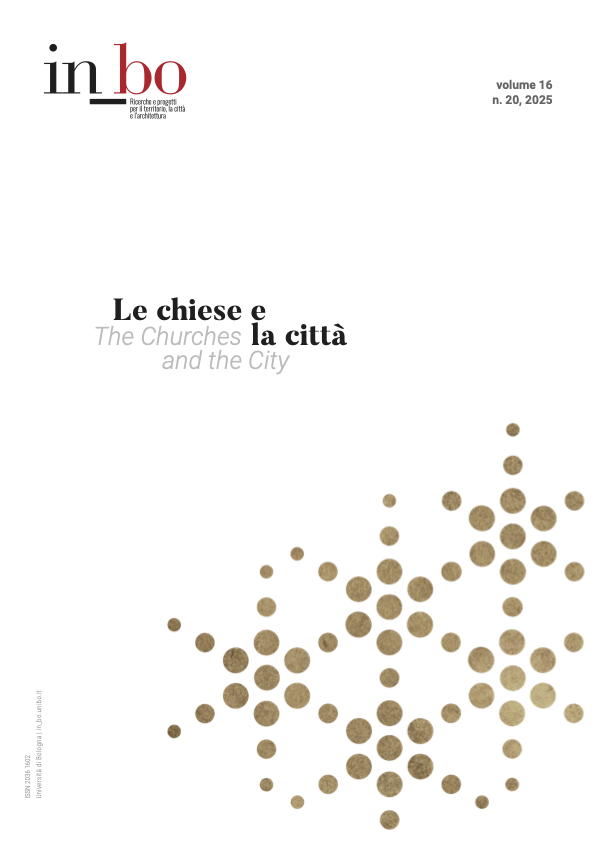New Church Typologies: Innovative Relationships between Churches and Cities in Germany
DOI:
https://doi.org/10.60923/issn.2036-1602/22962Keywords:
reuse, decommissioning, hybrid use, mixed use, de-churchingAbstract
Rapid demographic change and the ongoing process of dechurching are bringing about significant transformations in Germany’s sacred building landscape. Strategies for managing churches no longer in regular liturgical use vary considerably. In some locations, buildings are quickly disposed of, sold, or demolished, whereas in others efforts are made to reuse them in ways that remain as close as possible to their original function. This applies to both Catholic and Protestant churches.
As former parishes are merged into larger pastoral units, individual buildings are often assigned specialised functions: children’s church, youth church, city church, book church, cultural church, vespers church, ecumenical church, columbarium church, to name but a few. These adaptations are sometimes accompanied by substantial architectural interventions, and sometimes not. Churches frequently combine multiple uses under a single roof.
Hybrid use opens the church to the urban environment, which benefits from its prominent location. Conversely, the community gains from shared use by other organisations and groups, both financially and socially. From a theological perspective, this represents an opportunity for a new mode of being in the world in the era of the post-popular church.
Downloads
Published
How to Cite
Issue
Section
License
Copyright (c) 2025 Albert Gerhards

This work is licensed under a Creative Commons Attribution-NonCommercial 4.0 International License.





